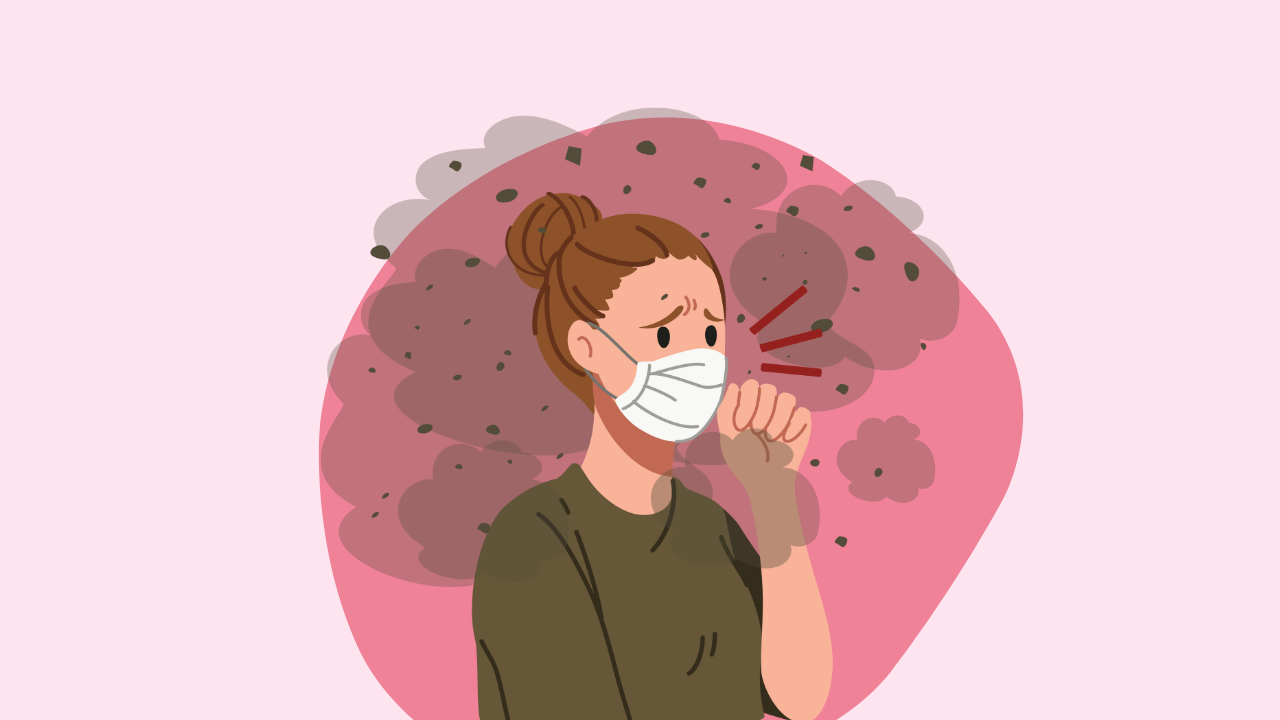Study Shows Air Pollution Has Link to Breast Cancer

According to reporting by U.S. Right to Know, new research suggests that common outdoor air pollution may increase the risk of breast cancer, even at levels many communities consider normal. The study looked at more than 400,000 women across the United States and found that nitrogen dioxide, a pollutant mostly released from traffic and industrial emissions, was linked to a small but meaningful increase in breast cancer cases. For every 10 parts per billion rise in nitrogen dioxide, breast cancer risk increased by about 3 percent.
The study also found that fine particulate matter, known as PM2.5, was associated with a higher rate of more aggressive breast cancer subtypes that do not respond to hormone therapy. These cancers are typically harder to treat and have fewer targeted treatment options. According to researchers, this suggests that air pollution may influence the biology of how certain tumors form, not just the likelihood that cancer appears in the first place.
The link between pollution and breast cancer was particularly strong in certain regions, including parts of the Midwest. The study also noted that low-income communities may carry a disproportionate burden of exposure due to their proximity to highways, industrial areas, and limited environmental regulation.
According to the researchers, small improvements in air quality could prevent thousands of breast cancer cases each year. The study estimates that reducing nitrogen dioxide levels slightly could prevent roughly 9,500 cases annually in the United States. That number reflects a scale of impact that is achievable through policy and infrastructure changes, not dramatic overhauls.
This research adds to growing evidence that breast cancer risk is influenced not only by genetics and personal factors, but also by the environment people live in every day. Air quality is becoming an important part of understanding cancer risk across populations.







